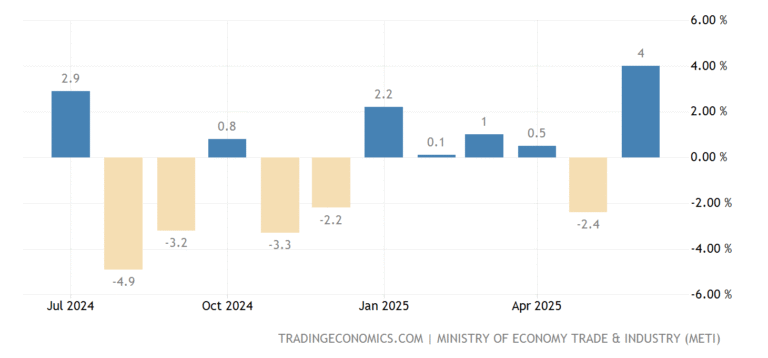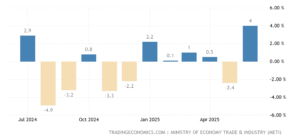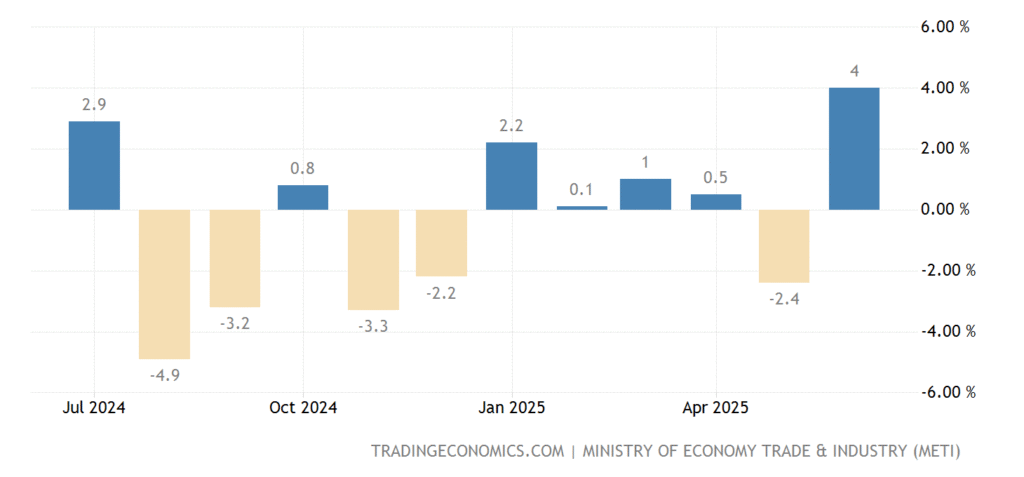Consumer confidence in the United States took a significant hit in February 2025, with the latest data showing a sharp decline in sentiment among American households. The Conference Board’s Consumer Confidence Index fell to 88.3 in February, down from 102.5 in January, marking one of the steepest monthly drops in recent years. This downturn reflects rising concerns over economic policy uncertainties and mixed signals from Washington, which are weighing on consumer optimism and spending intentions.
Factors Driving the Decline in Confidence
Several key issues are contributing to the drop in consumer confidence. Firstly, ongoing debates in Congress over fiscal policies, including tax reforms and government spending priorities, have created an atmosphere of uncertainty that consumers are keenly feeling. The potential for policy gridlock or unexpected changes in taxation has made households more cautious about their future financial prospects.
Secondly, inflation remains a concern, despite recent efforts by the Federal Reserve to manage price pressures. While inflation rates have shown signs of easing compared to last year’s peaks, many consumers still report higher costs for essentials like food, energy, and housing. This persistent inflationary environment continues to strain household budgets, reducing disposable income and dampening purchasing power.
Finally, the labor market, while stable, has shown signs of slowing job growth, adding to worries about job security. Consumers are increasingly wary of potential layoffs or wage stagnation in the months ahead, which further depresses confidence levels.
Regional and Demographic Variations
The decline in consumer confidence is not uniform across the country. Data indicate that households in the Midwest and Northeast have experienced sharper drops in sentiment compared to those in the South and West. Additionally, younger consumers aged 25 to 34 appear more affected by economic uncertainties than older age groups, likely due to their typically lower savings buffers and higher debt levels.
Impact on Economic Outlook
Consumer spending accounts for approximately 70% of US economic activity, making confidence levels a crucial indicator for overall growth. The recent plunge in confidence raises concerns about a potential slowdown in consumer-driven growth in the first half of 2025. Retail sales, durable goods orders, and service sector activity could all face headwinds if pessimism persists.
Economists are closely watching upcoming economic data releases and policy developments to assess whether this dip in confidence will translate into a broader economic slowdown or if it represents a temporary reaction to political noise.
The Bottom Line
The sharp drop in US consumer confidence in February 2025 signals growing unease among households amid ongoing policy uncertainty, inflationary pressures, and labor market concerns. While the economic fundamentals remain relatively strong, the prevailing uncertainty could weigh on consumer spending and, by extension, economic growth in the near term. Policymakers and business leaders will need to monitor these trends closely to support stability and restore confidence.
Disclaimer: Data subject to revision. This article is for informational purposes only and does not constitute financial advice.












